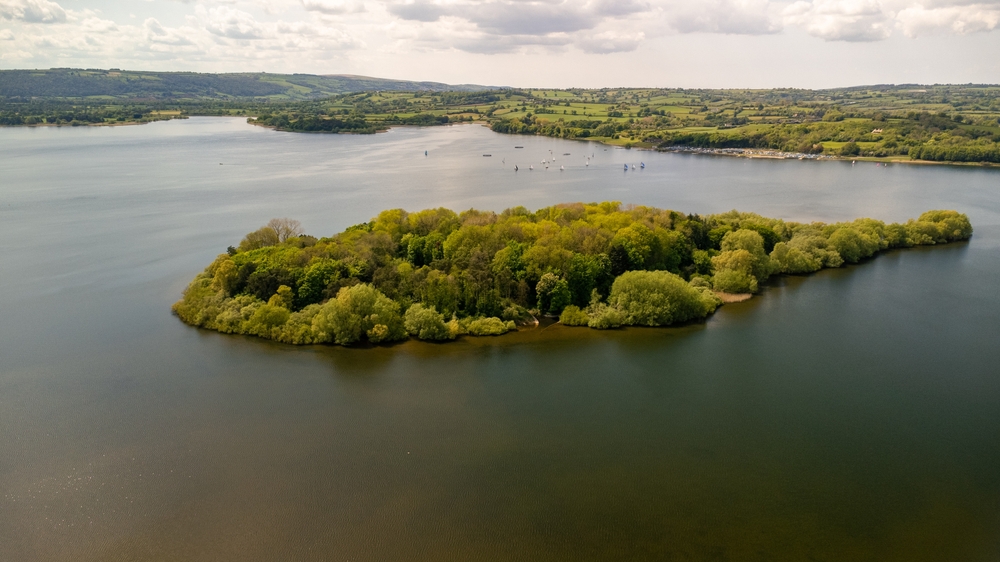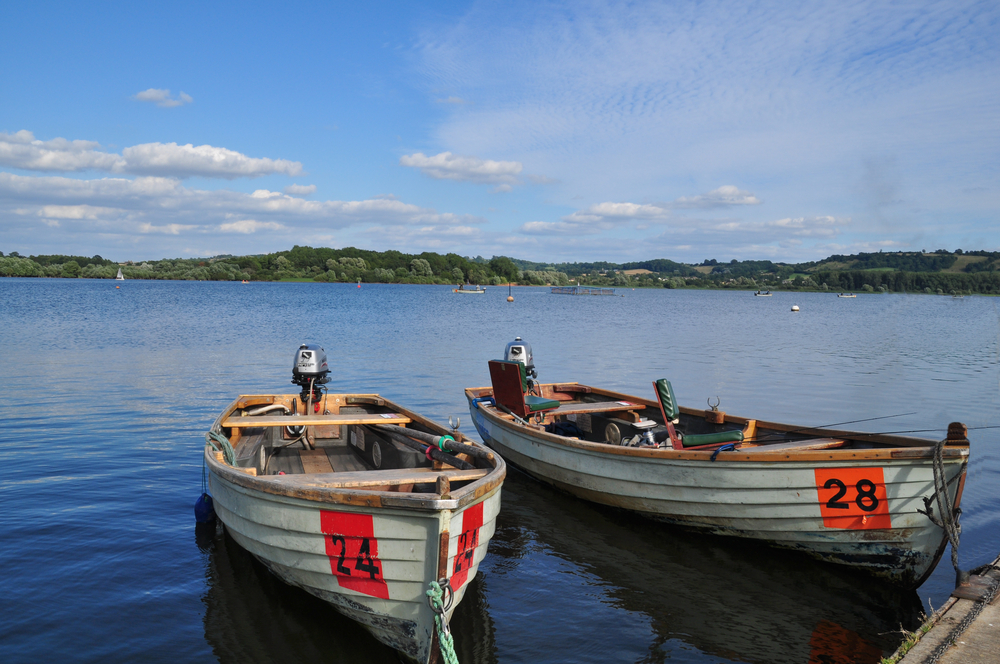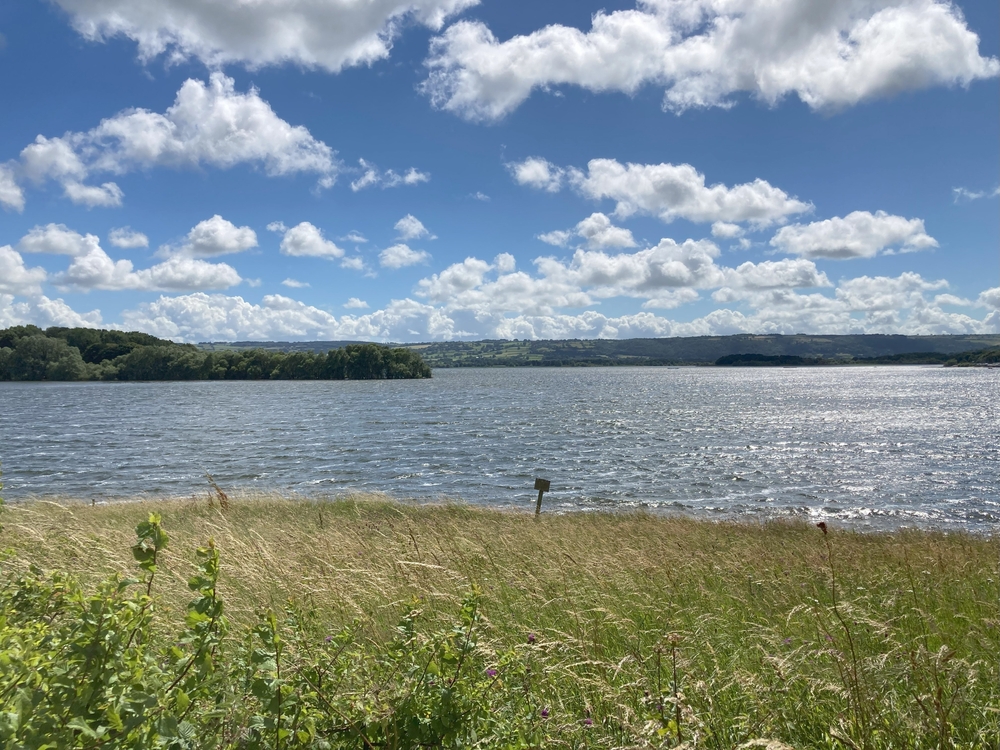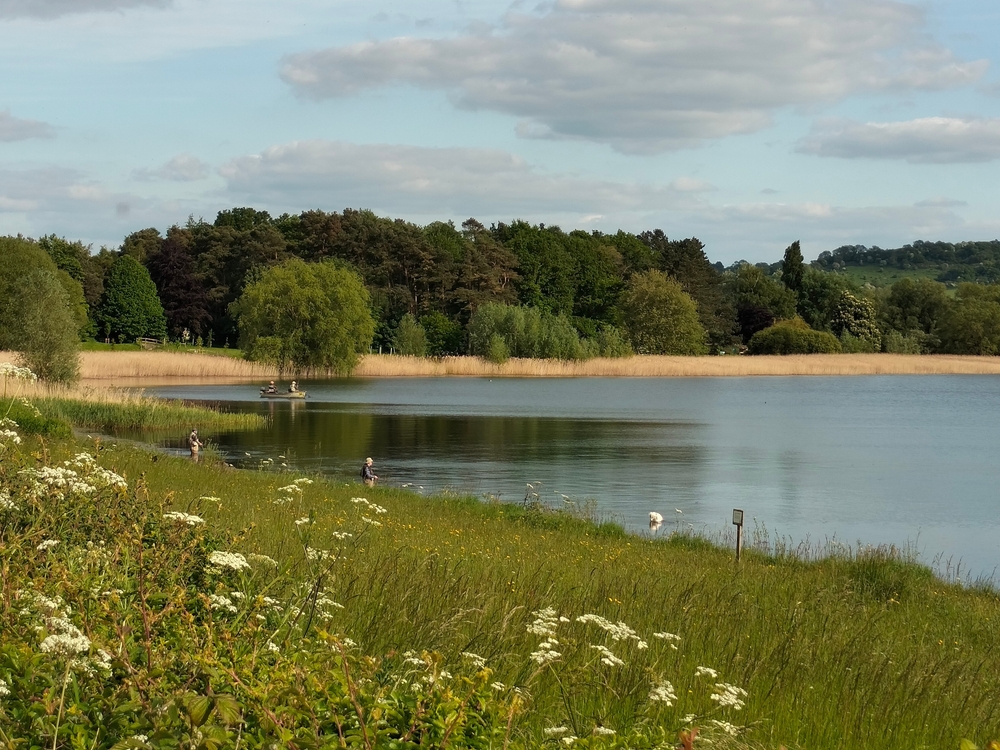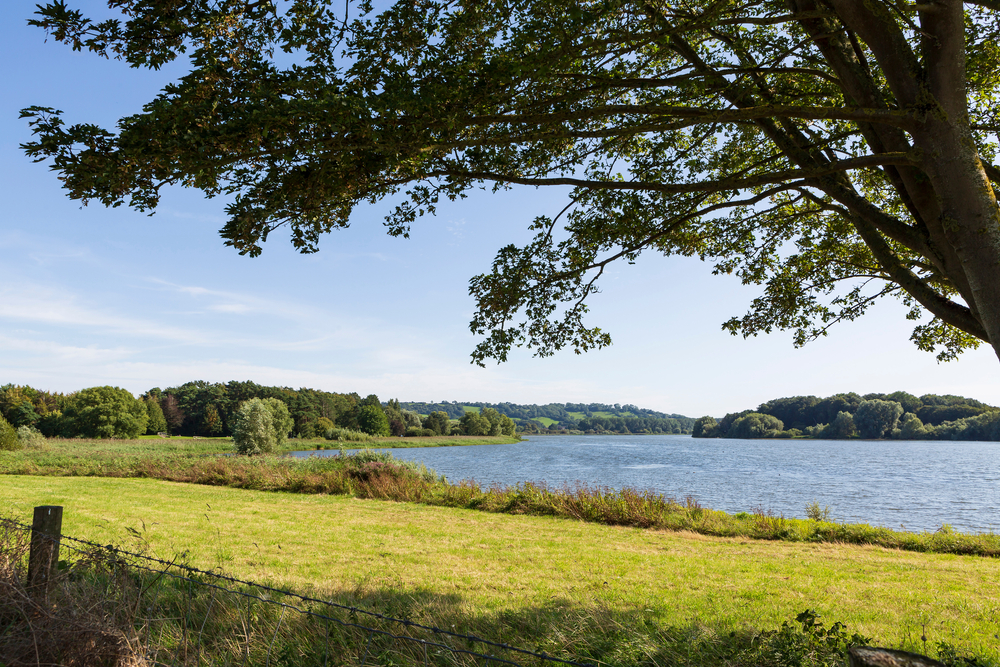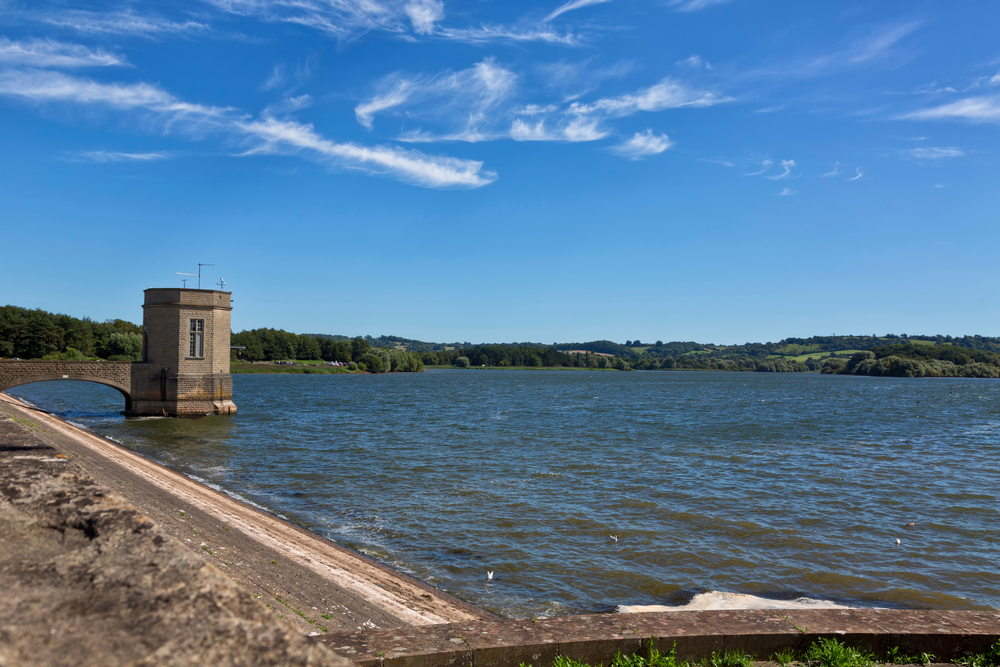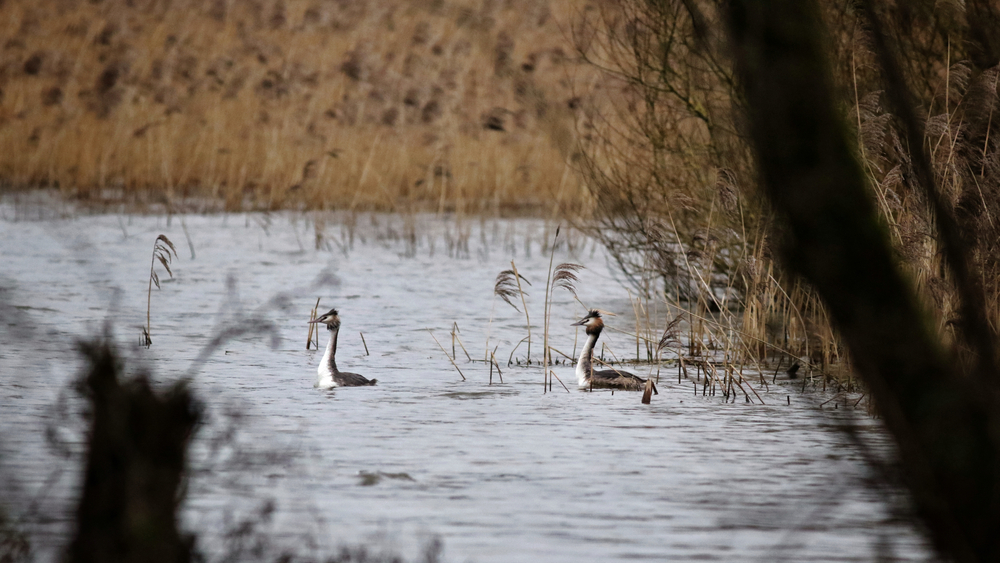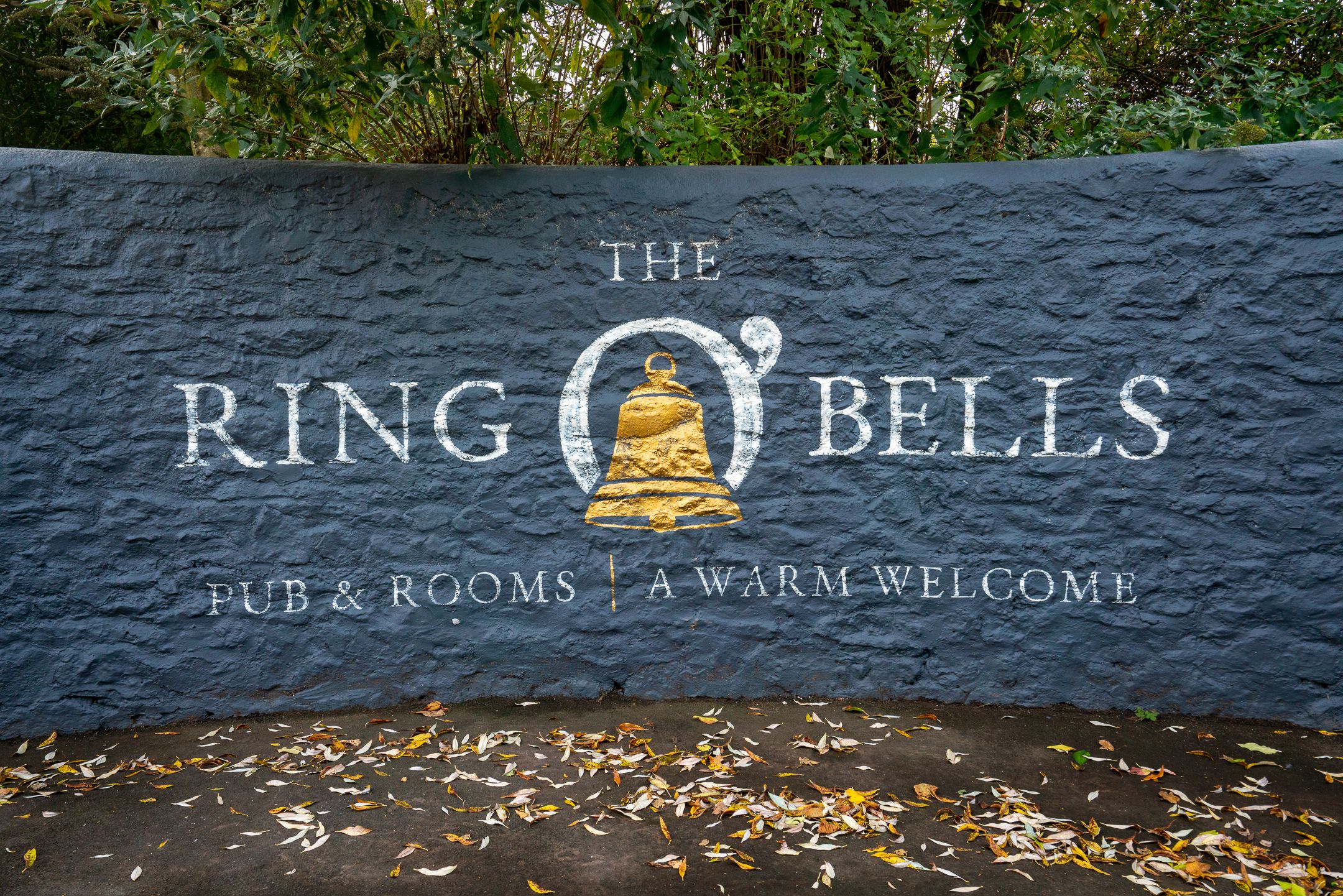Blagdon Lake
Blagdon Lake was created when Bristol Water dammed the River Yeo, with construction completed in 1905.
Its primary use is as a reservoir, supplying more than 9 billion litres of water every year. It is also used as a trout fishery, popular with local anglers and those travelling from further afield.
The lake itself covers 440 acres, while the total area is 526 acres. It received designation as a Site of Special Scientific Interest (SSSI) in 1971, with many species of animals and birds found here. It is also home to a diverse range of trees, shrubs and flowers.



